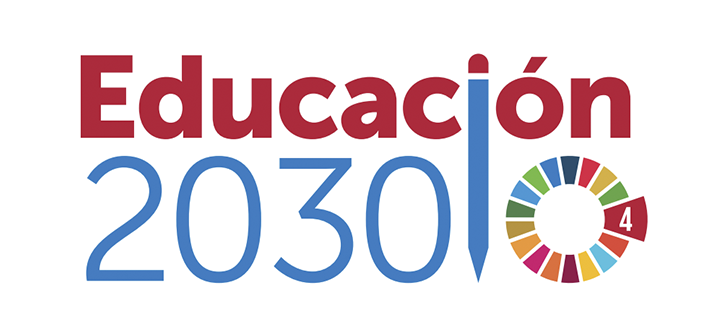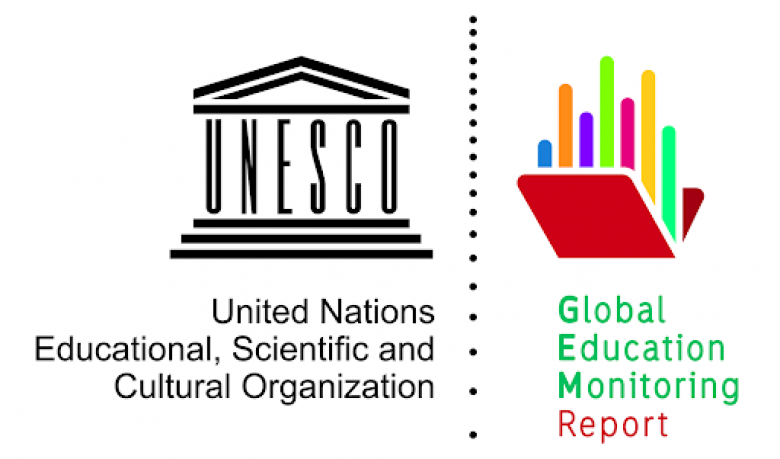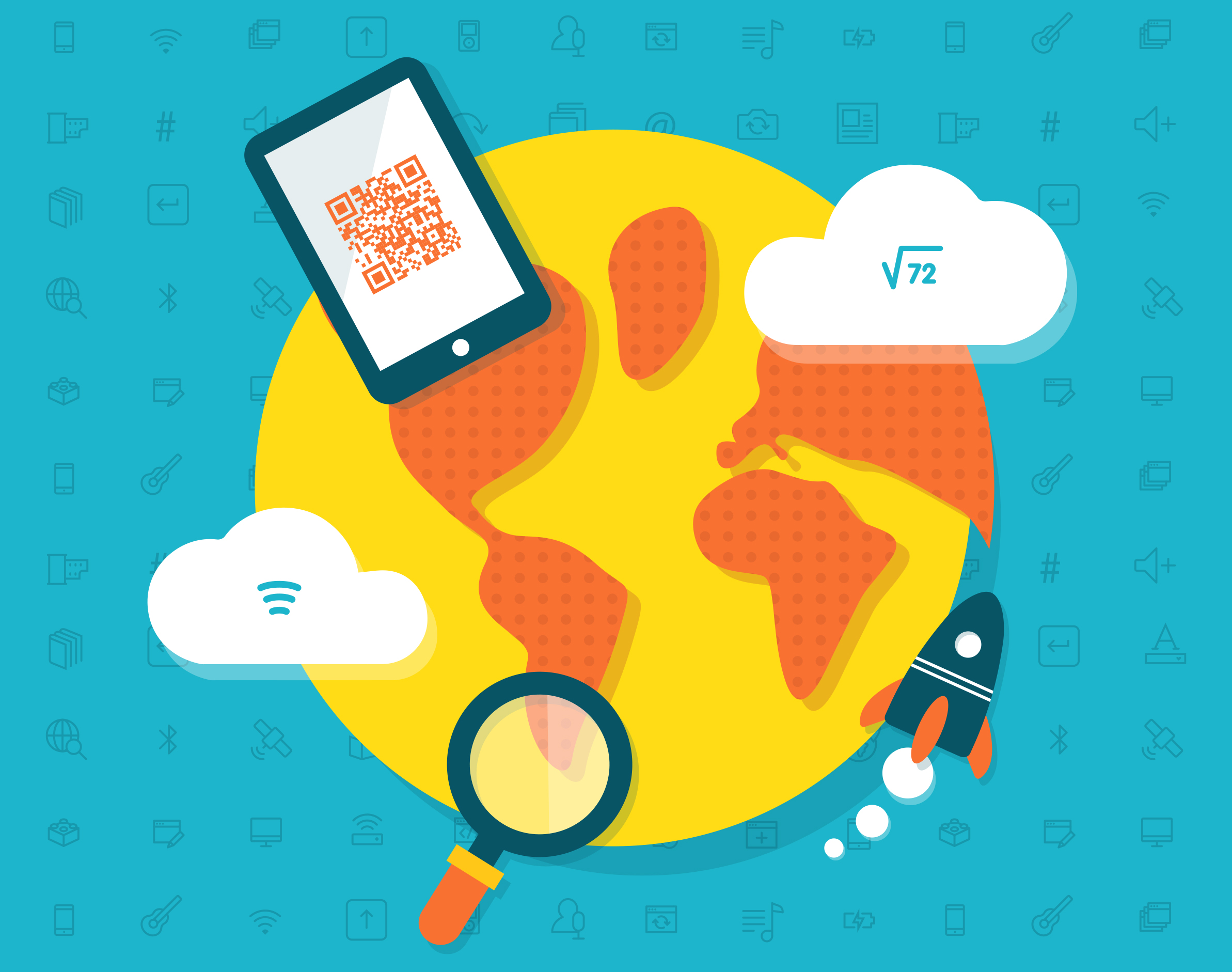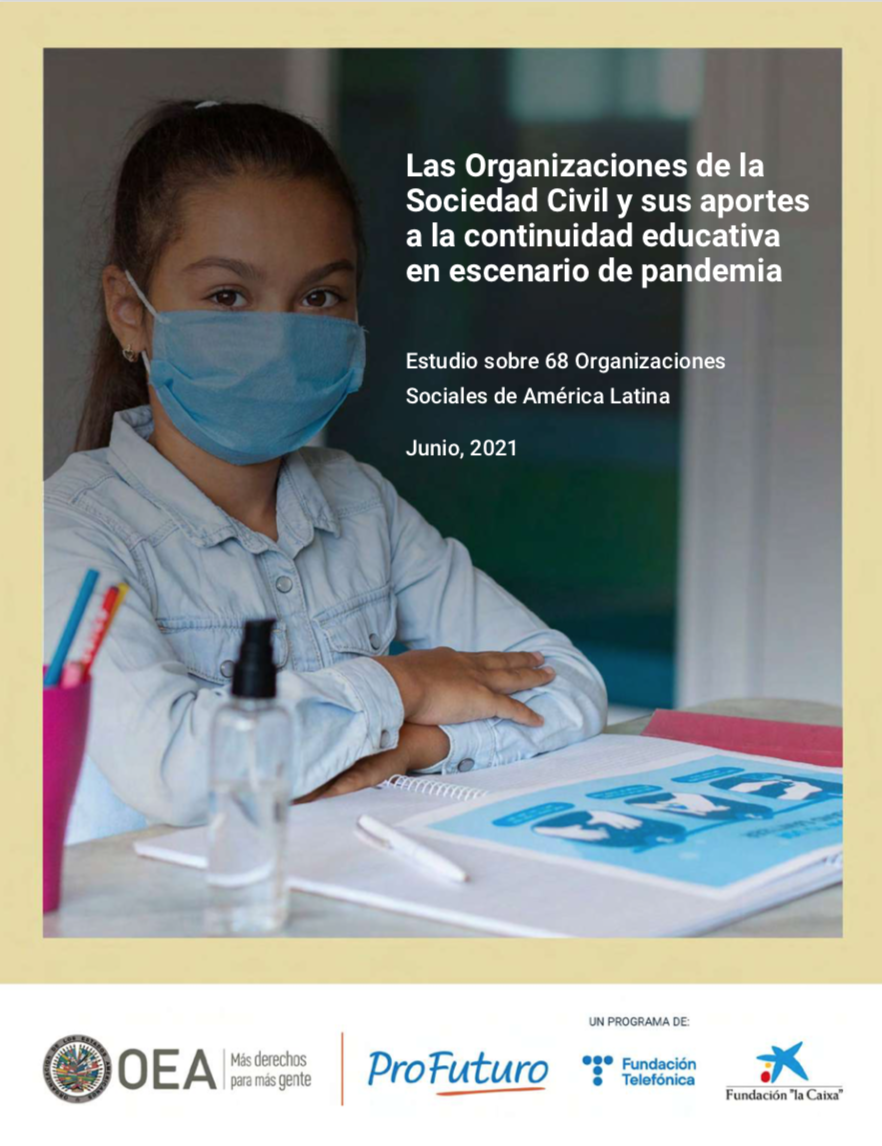In 2015, the Korean city of Incheon witnessed and hosted the adoption of a declaration in which representatives from 160 countries made a historic commitment to transform lives through a new vision of education. Let’s see what that commitment was and how it is materialising seven years later.
From Jomtien and Dakar to Incheon
In 1990, faced with the absolutely bleak state of education in many countries of the world, the World Conference on Education for All, held in the Thai city of Jomiten, adopted the World Declaration on Education for All. This statement proposed an “expanded vision of basic education” centred on the notion of meeting the basic learning needs of all children, youth and adults, in and out of school. This expanded vision included the following:
- Universalise access to education and promote equity.
- Giving priority attention to learning.
- Expand the means and scope of basic education.
- Improving the learning environment.
- Strengthen concerted action.
Ten years later, the World Education Forum in Dakar met to review the progress made so far. Despite considerable progress in many countries, evidence showed that there were still 113 million children without access to primary education and 880 million illiterate adults; that gender discrimination continued to permeate education systems; and that there was still a huge gap between the actual quality of learning and the acquisition of human values and competencies of individuals and their real aspirations and needs. The participants in this forum therefore reaffirmed their commitment to the Jomtien Declaration and also adopted the Dakar Framework for Action, which specified six goals:
- Expand early childhood protection and education.
- Establish free and compulsory primary education for all.
- Promote learning and life skills for young people and adults.
- Increase the number of literate adults, particularly women.
- Achieve gender parity by 2005 and gender equality by 2015.
- Improve the quality of education.
The Delors report: education is a treasure trove
In parallel to these international summits, in 1993, UNESCO entrusted the International Commission on Education for the 21st Century, chaired by the French politician Jacques Delors, with the task of analysing the challenges for education in the new century and making suggestions and recommendations to guide decision-makers and political leaders in making innovative educational policies and decisions. The Commission’s final report put forward a new concept of education that went far beyond the mere acquisition of knowledge: education to improve lives. In this sense, education as a fundamental key to help us discover all the possibilities “locked” in ourselves, a hidden treasure.
According to the Delors report, education acquired a transformative capacity capable of generating better individuals and societies. It marked a turning point in the design of curriculum policies aimed at building a country’s education system. Jacques Delors and his team see four pillars underpinning the holistic development of an individual in 21st century society:
- Learning to know in order to understand the world.
- Learning to be so that one’s own personality can flourish and one is in a position to act autonomously, judiciously and responsibly.
- Learning how to cope with a wide range of situations.
- Learning to live together by developing an understanding of the other and the perception of forms of interdependence.
The Delors Report laid the foundations of education for the 21st century and inspired many initiatives aimed at achieving an education in which inclusion of all is a key feature. The Incheon Declaration is one of them.
Incheon: Towards Inclusive and Equitable Quality Education by 2030
The Incheon Declaration reflects the transformative vision of education given to it by the Delors Report in 1993. Education 2030: Towards inclusive and equitable quality education and lifelong learning for all, an ambitious proposal outlining the vision for education from now to 2030. It was adopted by more than 120 ministers and 1,600 participants at the World Education Forum organised by UNESCO, UNICEF, the World Bank, UNFPA, UNDP, UN Women and UNHCR on 21 May 2015 in Incheon, Republic of Korea.
Its main objective is to transform lives through education, recognising the important role that education plays as a key driver of development and for the achievement of the other Sustainable Development Goals (SDGs)adopted by the UN. It is also committed to a single, renewed education agenda that is comprehensive, ambitious and demanding, leaving no one behind. This new vision is fully reflected in SDG 4 “Ensure inclusive and equitable quality education and promote lifelong learning opportunities for all” and its related targets:
- 4.1. Ensure that all children can complete free, equitable and quality primary and secondary education leading to relevant and effective learning outcomes.
- 4.2. Ensure that all girls and boys have access to quality early childhood care and development and pre-school education in order to be ready for primary school.
- 4.3. Ensure equal access for all men and women to quality technical, vocational and higher education, including university education.
- 4.4. Significantly increase the number of young people and adults with the necessary skills, in particular technical and vocational skills, to access employment, decent work and entrepreneurship.
- 4.5. Eliminate gender disparities in education and ensure equal access to all levels of education and vocational training for vulnerable persons, persons with disabilities, indigenous peoples and children in vulnerable situations.
- 4.6. Ensure that all young people and a significant proportion of adults, both men and women, are literate and numerate.
- 4.7. Ensure that all learners acquire the knowledge and skills necessary to promote, inter alia, education for development and sustainable lifestyles; human rights; gender equality; promotion of a culture of peace and non-violence; global citizenship; and appreciation of cultural diversity and the contribution of culture to development.
Where are we now?
According to the latest SDG Report (2020), the current situation tells us that there is still a long way to go the current situation tells us that there is still a long way to go. Despite progress, the world is not on track to meet the 2030 education goals. Before the coronavirus crisis, projections showed that more than 200 million children would be out of school, and only 60% of young people would complete upper secondary education by 2030. Education systems around the world have been hit hard by the pandemic. School closures to stop the spread of COVID-19 have affected the vast majority of the world’s student population. The disruption of education is negatively affecting learning outcomes and the social and behavioural development of children and young people, especially the most vulnerable. The pandemic is deepening the education crisis and widening existing educational inequalities. Here are some facts:
School closures around the world can reverse years of progress in access to education. Prior to the coronavirus crisis, the proportion of children and young people not attending primary and secondary school had declined from 26% in 2000 to 19 per cent in 2010 and 17 per cent in 2018. Despite some progress, 258 million children and young people were still out of school in 2018, three-quarters of whom lived in sub-Saharan Africa and South Asia. Girls face more obstacles than boys at the primary level. Globally, around 5.5 million more girls than boys of primary school age were out of school in 2018. The disadvantage faced by girls is most prominent in sub-Saharan Africa, where there were 128 girls for every 100 boys out of primary school that year.
Without corrective action, the effects of COVID-19 will only increase the obstacles poor children face in completing their education. Goal 4 aims to keep children in school and ensure that they complete their education. The global primary completion rate was estimated at 85% in 2019, up from 70% in 2000. But that is the average. If we zoom in on the figures, we see that in the poorest countries, the average completion rate is 54.8% with substantial differences between students from high (78.5%) and low (34.3%) economic strata.
Distance learning remains out of reach for most students in the poorest countries. In 2019, around 87% of households in Europe had access to the internet at home, compared to 18% of those in Africa. The digital gap is also reflected in computer ownership: 78% of European households owned a computer in 2019, compared to 11% of African households. The success of distance learning also depends on the computer literacy of teachers and parents. Less than half of the population in about half of the 86 countries for which data are available had basic computer skills, such as copying an electronic file. For more complex skills, such as downloading and installing new software and writing specialised software, the rates were even lower.
Schools still lack the most basic infrastructure in many parts of the world. According to the latest available data, only 65 per cent of primary schools worldwide have basic hand-washing facilities (38 per cent in Africa). Many schools also lack other basic resources such as electricity, clean water, computers and internet access.
Insufficiently trained teachers. The presence of teachers in classrooms is one of the most important requirements when it comes to achieving quality education for all. However, according to the latest available data, only 85% of primary school teachers and 86% of secondary school teachers worldwide received the minimum training required. Sub-Saharan Africa has the lowest percentage of trained teachers: 64% at primary level and 50% at secondary level.
Eight years away from 2030, we still have a lot of work to do if we want to reach the commitment signed seven years ago by 160 countries. We have no time to waste. Education is key to achieving all the other Sustainable Development Goals. Governments must implement all necessary actions to secure the commitment made in 2015 if we are to reach 2030 with our homework done.
If you want to read the full statement, you can download it here.






